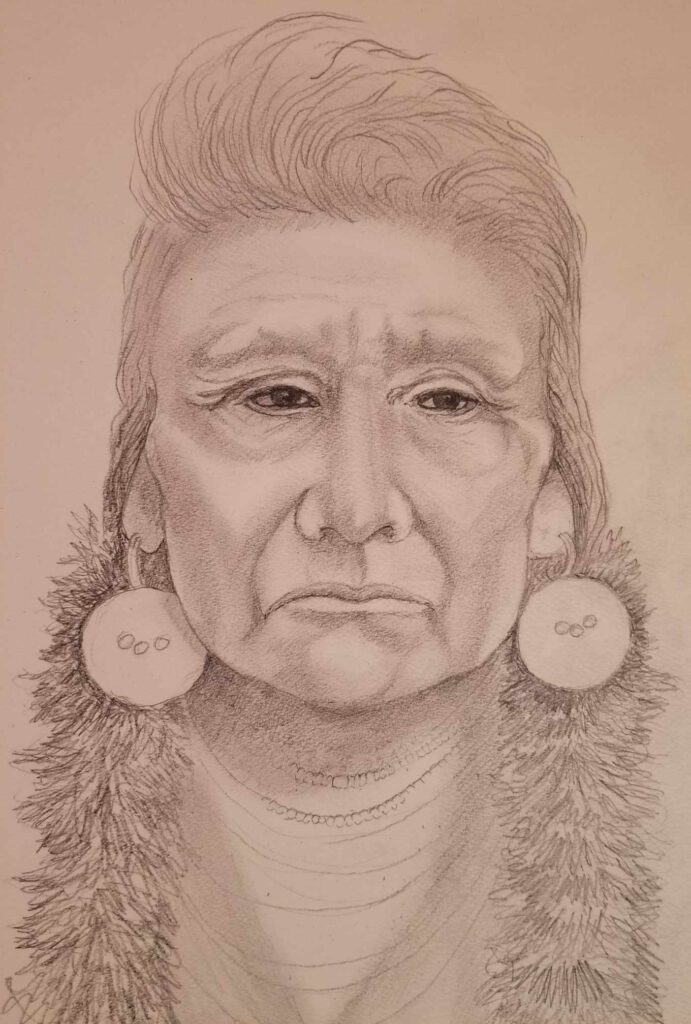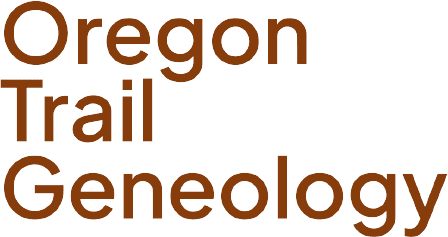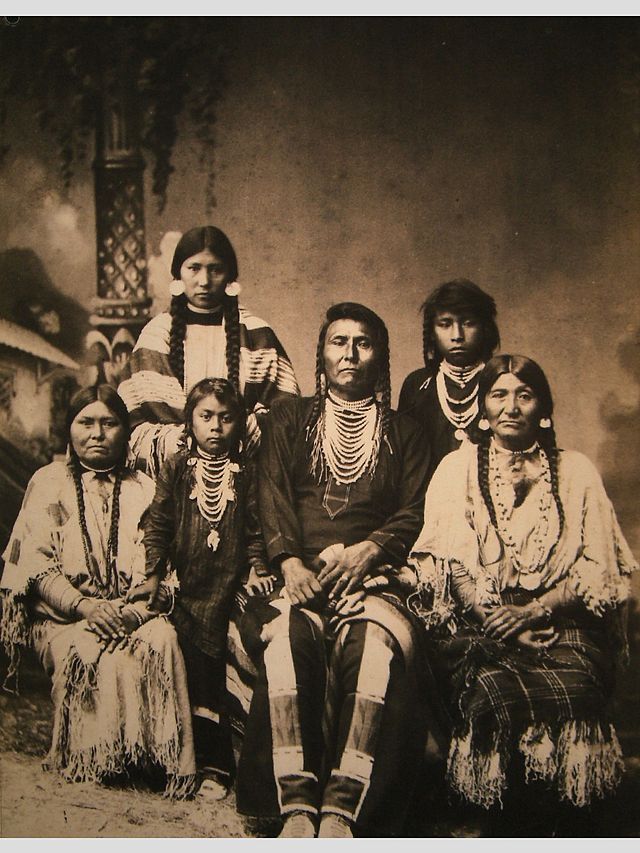Some sixty years ago I lived in Latah County in north Idaho. Latah, according to the Nimíipuu, is the place of pines and fish, but as a young boy I saw rolling wheat fields and the distant forests, which were the footsteps to the Rockies. It wasn’t long before the inescapable presence of the Nimíipuu (Nez Perce) tribe and influence of the Appaloosa horse began to impact this young boy. Having been brought up in the forests by my father and great Uncle Howard Fisk, there was this enchanting draw to the culture of the Nez Perce that came to be such an influence in the latter part of my life.
The Nez Perce occupied lands of present-day Oregon, Washington, and Idaho, as well as their familiarity with Montana and Wyoming, in their cyclic movement with the seasons to fish, hunt and trade. Their relationship and dependence on the land was an endless fascination to me, and I remember it being my goal to read the entire Native American selection of books at the local library. From the image of Cherokee women pounding rice stalks over the side of a canoe to gather the kernels, to the Sioux father guiding his horse with the pressure of his legs while leaning over to put an arrow in a running buffalo, to inland tribes trading wampum with coastal tribes for items they needed back home, all these things seemed such a natural extension of the land and living with it.
I believe it was the first time I felt a connection to something outside my own family, something that gave me a deeper appreciation for the wilds my father and uncle had introduced me to. From there, it evolved into beliefs, and ethics, which in turn impacted decisions, and ultimately, the course of my life. For in the end, the connections we make in life are the ones that shape and define our life.
As I work through the histories of my own family and those of people who ask me to unravel their own histories, I am struck by how often other people’s connections intersect my own. Still interested in Native American history, especially in Oregon and how those histories melded with my own family, I began a conversation with Bob Zybach, who has written in-depth studies of the Indian wars in Oregon, particularly in SW Oregon. These wars occurred at the same time my own family had traveled the Oregon Trail to settle on lands from Ashland to Yreka, and who likewise told stories of interactions with Oregon tribes.

Letitia Carson Legacy Project, Joseph Lavadour
And this is where connections can reveal themselves despite going through our lives not knowing they exist or that they may have shaped our family history or ourselves. For at the same time my family arrived in southern Oregon there was another family present. Born into slavery in Kentucky before 1820, Letitia became a slave to David Carson in Kentucky, and from there traveled the Oregon Trail to claim land in Soap Creek Valley, Benton Co., Oregon. Along the Trail, Letitia gave birth to Martha on June 9, 1845, in Nebraska.
As I worked through the well documented life of Lititia Carson and the Indian Wars of southern Oregon, the name Carson seemed, well, connected. And in researching the Carson line within my own family I came to realize a connection to David Carson, and hence, to this former slave Letitia and her daughter, Martha.
Martha went on to marry Narcisse Lavadour, the son of a former Hudson Bay fur trapper, Joseph Lavadour, who was well known to the tribes of the Pacific Northwest. In fact, Joseph had married Ta-Was-Ak-Lie, or Elizabeth “Lisette” Walla Walla, daughter of Yellow Bird, known as Peo-Peo-Mox-Mox or Joseph, Chief of the Walla Walla. And here the connection goes dim, for it is said that Yellow Bird’s wife was the daughter of old Chief Joseph, the sister of Hinmuuttu-yalatlat, Chief Joseph, pictured with his family at the beginning of this story.
I stared at my screen, unbelieving the connections I had found. For suddenly this man, this Nimíipuu culture, and their tragic history, was no longer the enchantment of a 10 yr. old boy in Latah County, Idaho.

It was not a connection I believed possible. The deep, yearning appeal for a culture so far removed from my own, that had surfaced so many times in my life, seemed suddenly intertwined and inexplicably a part of more than the fantasies of a young boy. Were they also family?
As stories often are, soon to be continued….


